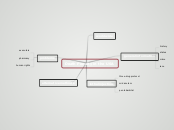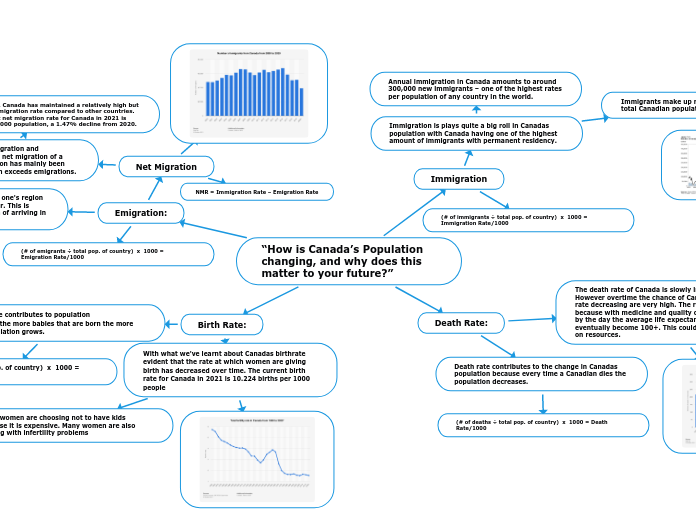par madison mcadam Il y a 6 années
354
aztec
The Aztecs had a profound understanding of their existence and the universe through their mythology and religious practices. They believed in maintaining cosmic balance, a task they saw as pivotal, which involved human sacrifices to appease their deities.









